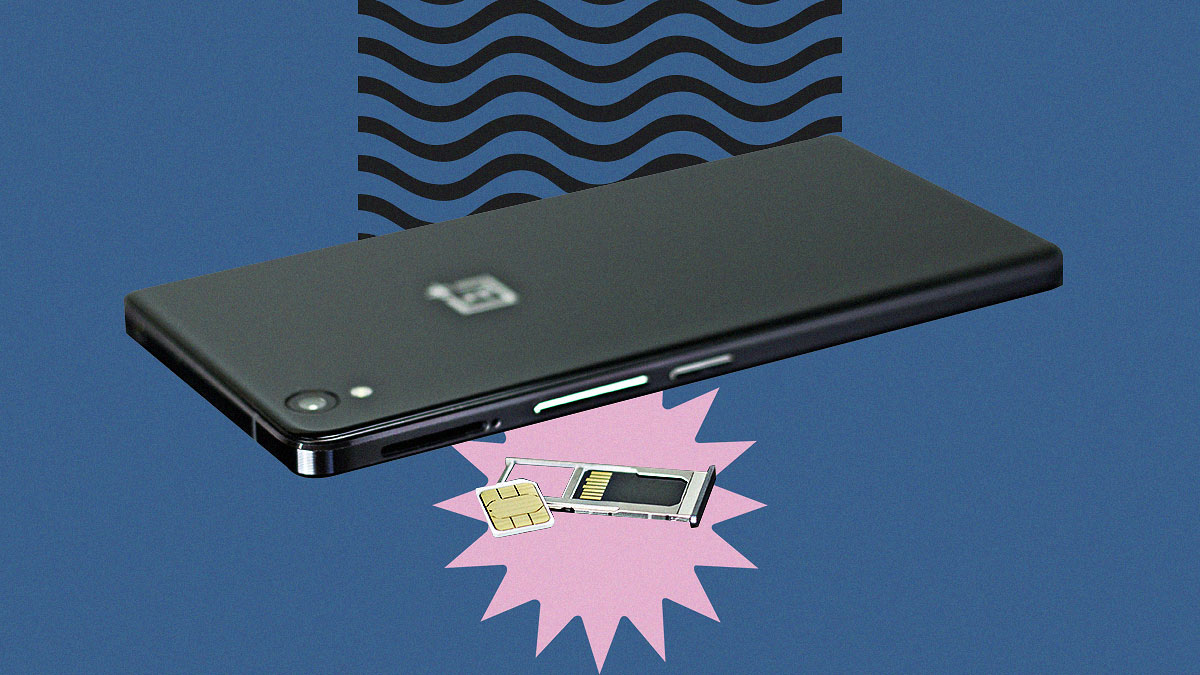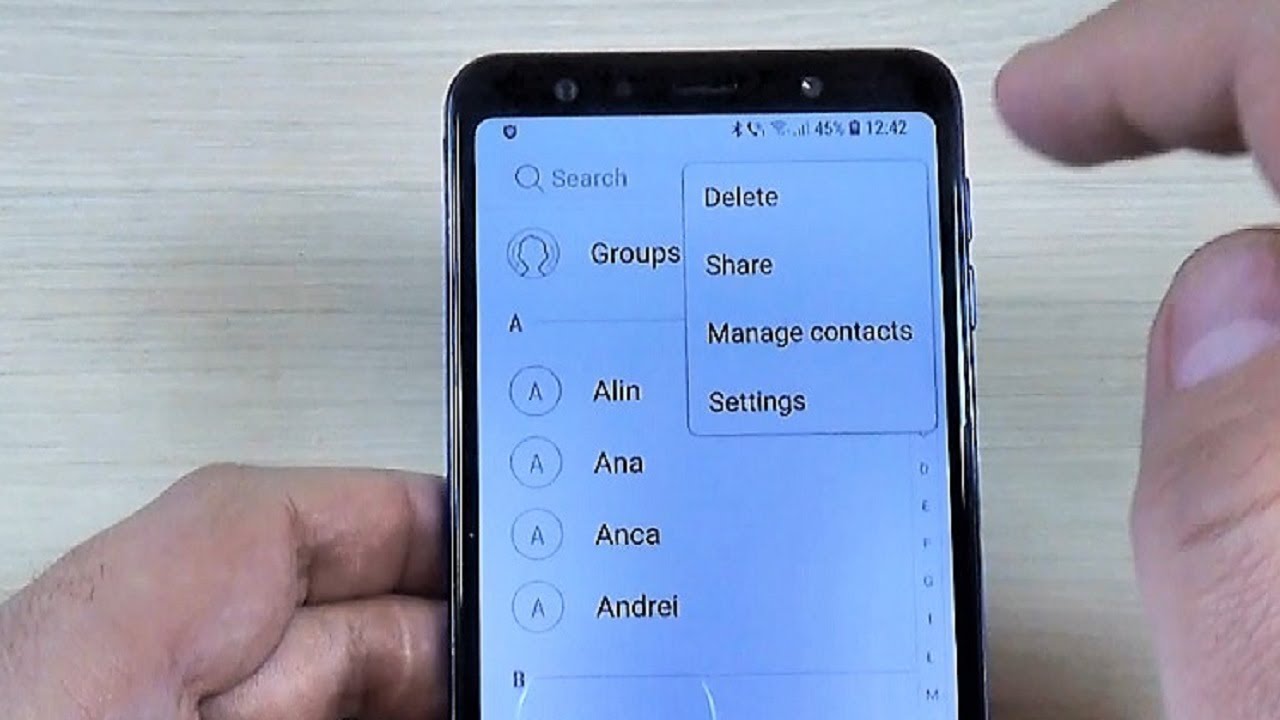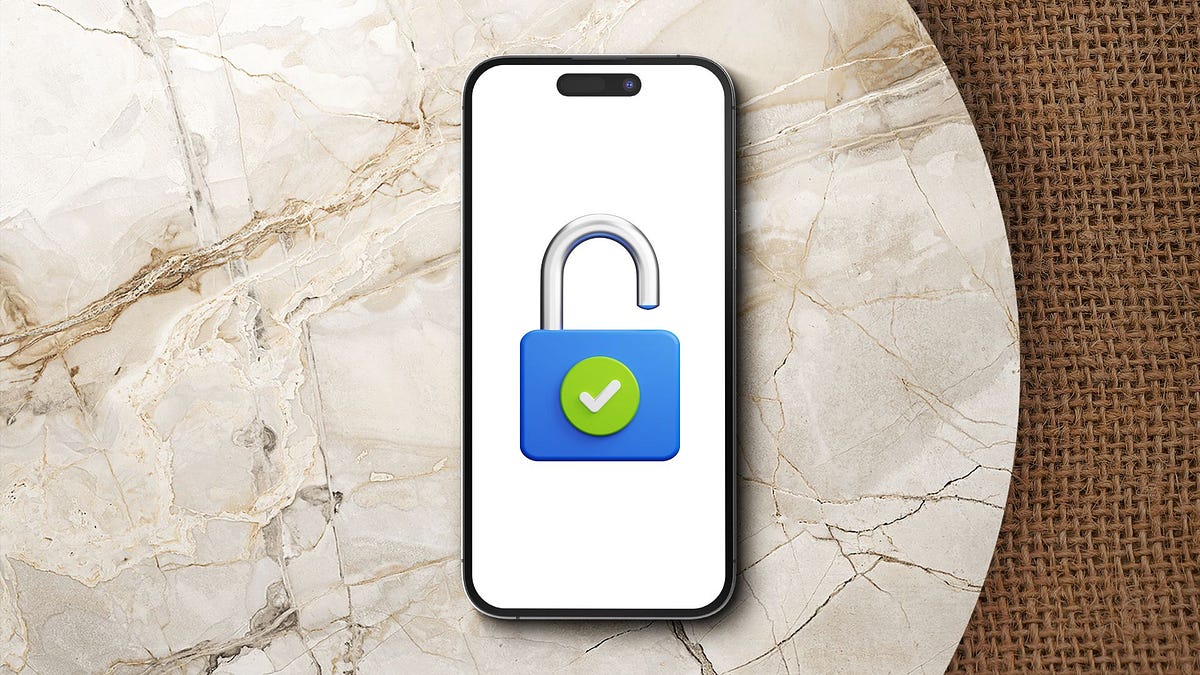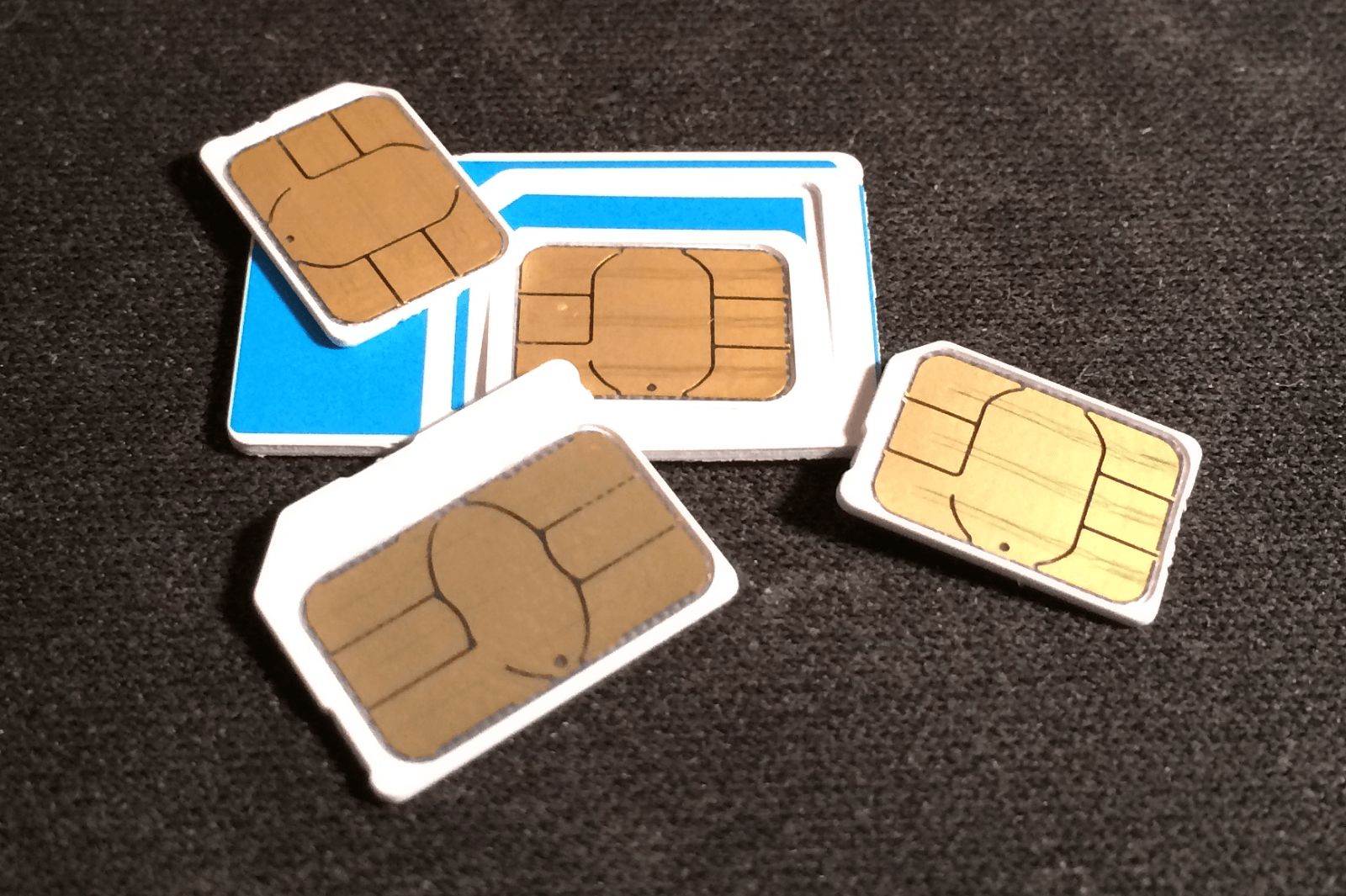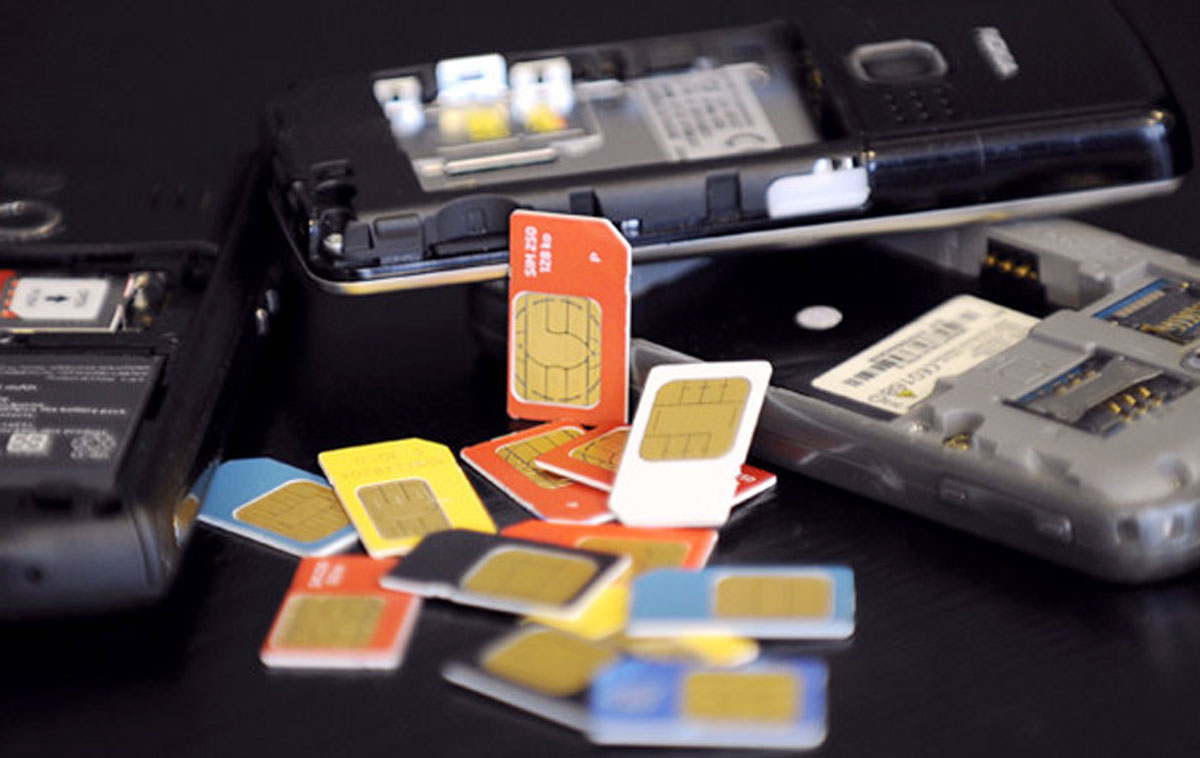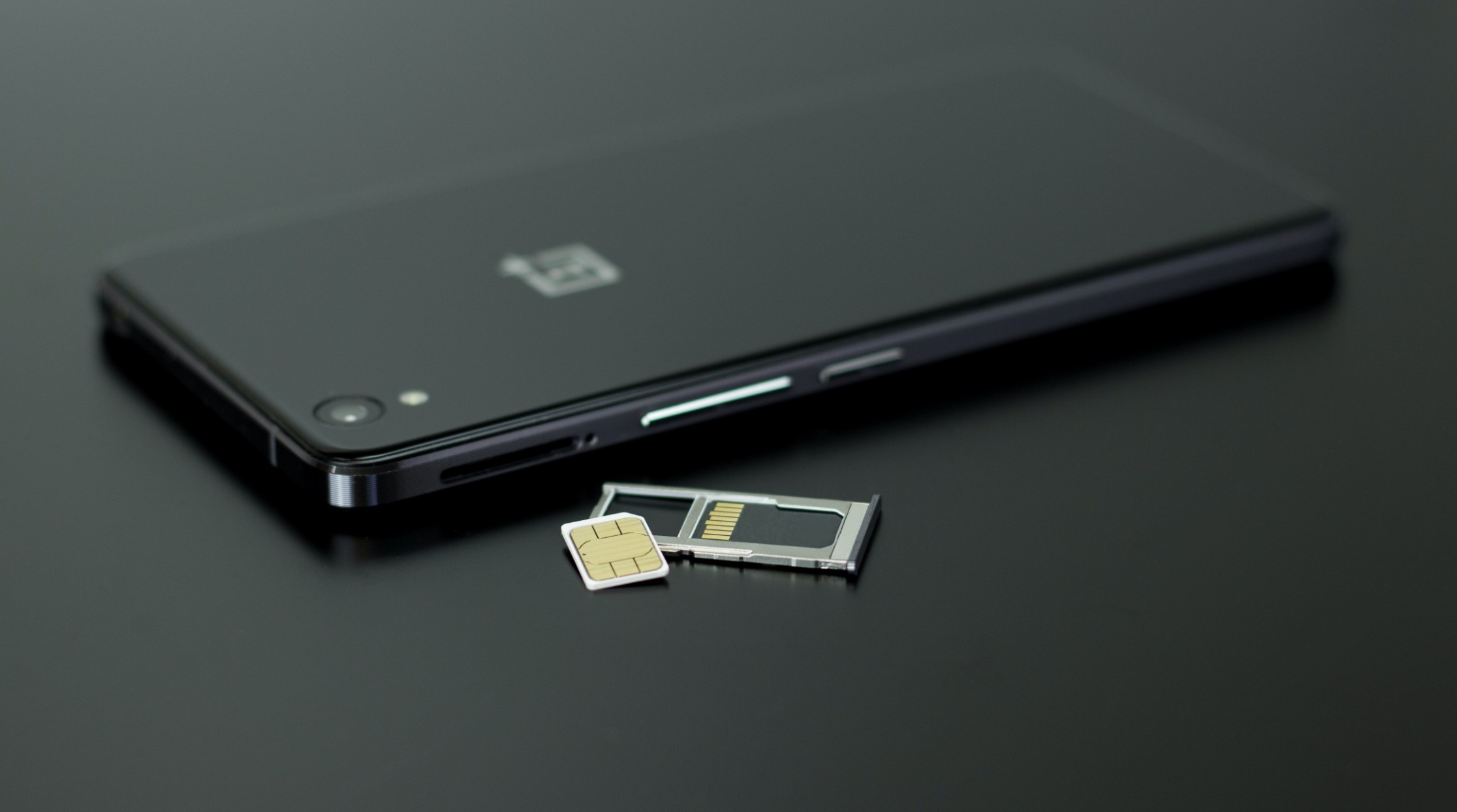Introduction
In today's fast-paced world, mobile devices have become an indispensable part of our daily lives. From staying connected with loved ones to accessing crucial information on the go, these devices have revolutionized the way we communicate and interact with the world around us. However, have you ever wondered about the role of a tiny, inconspicuous component known as a SIM card in enabling the seamless functioning of your mobile device?
The Subscriber Identity Module (SIM) card, a small, thumbnail-sized chip, plays a pivotal role in facilitating communication for mobile devices. It stores essential information such as the user's phone number, network authorization data, contacts, and text messages. Without a SIM card, the functionality of a mobile device is significantly limited, impacting its ability to make calls, send text messages, and access cellular data networks.
In this article, we will delve into the intricacies of SIM cards and explore the limitations associated with using a mobile device without one. By understanding the impact of operating a device without a SIM card, we can gain insight into the vital role that this tiny yet powerful component plays in our daily communication and connectivity. Moreover, we will explore alternative solutions that can mitigate these limitations and provide avenues for staying connected even without a traditional SIM card.
Join us on this enlightening journey as we uncover the significance of SIM cards and the implications of operating a mobile device without one. Let's embark on a fascinating exploration of the world of mobile communication and discover the alternatives that can bridge the gap created by the absence of a SIM card.
What is a SIM Card?
A SIM card, short for Subscriber Identity Module, is a small, portable chip that is inserted into mobile devices such as smartphones, tablets, and feature phones. This tiny yet powerful component serves as the key to unlocking the full potential of a mobile device, enabling it to connect to a cellular network and access a myriad of communication services.
At its core, a SIM card securely stores crucial information that is essential for the seamless functioning of a mobile device. This includes the user's unique phone number, which serves as the primary identifier for making and receiving calls. Additionally, the SIM card holds key data related to network authorization, allowing the device to authenticate and connect to the cellular network operated by a specific carrier.
Furthermore, the SIM card acts as a repository for contacts, text messages, and other user-specific data, ensuring that these vital details are readily accessible whenever needed. This portable chip is available in various form factors, including the standard mini-SIM, micro-SIM, and the more recent nano-SIM, catering to the evolving design requirements of modern mobile devices.
The SIM card operates on the principle of securely storing and managing the subscriber's identity, thereby enabling seamless communication and interaction with the cellular network. It plays a pivotal role in authenticating the user's identity and authorizing access to the carrier's network, thereby establishing a secure and reliable channel for making calls, sending text messages, and accessing mobile data services.
In essence, the SIM card serves as the linchpin of mobile communication, providing the necessary credentials and data to establish a secure and personalized connection between the user and the cellular network. Its compact size belies its significance, as it empowers mobile devices to fulfill their primary function of keeping users connected and informed, regardless of their location or the nature of their communication needs.
Limitations of Using a Device Without a SIM Card
Operating a mobile device without a SIM card imposes several notable limitations on its functionality and usability. While modern smartphones and tablets are equipped with advanced features and capabilities, the absence of a SIM card significantly hampers their ability to fulfill their primary purpose of seamless communication and connectivity. Let's delve into the key limitations associated with using a device without a SIM card:
-
Inability to Make Calls and Send Text Messages: Without a SIM card, a mobile device loses its ability to make traditional phone calls and send text messages through the cellular network. The absence of a SIM card renders the device incapable of accessing the carrier's infrastructure to establish voice calls and transmit text-based communications.
-
Limited Access to Cellular Data Networks: In the absence of a SIM card, the device is unable to connect to the cellular data network provided by the carrier. This restricts the user from accessing the internet, using mobile applications that require data connectivity, and engaging in online activities that rely on a cellular data connection.
-
Lack of Network Authentication and Identification: A SIM card plays a crucial role in authenticating the user's identity and authorizing access to the carrier's network. Without this authentication mechanism, the device cannot establish a secure and authorized connection to the cellular network, thereby limiting its ability to communicate and interact within the mobile ecosystem.
-
Impaired Emergency Communication: In emergency situations, the absence of a SIM card can hinder the user's ability to make emergency calls to designated helplines, such as emergency services and hotlines. This limitation underscores the critical role of a SIM card in enabling users to reach out for assistance during unforeseen or urgent circumstances.
-
Restricted Functionality of Mobile Apps: Many mobile applications, especially those requiring network connectivity for their core functionality, may not operate optimally without a SIM card. This limitation affects a wide range of apps, including messaging platforms, navigation services, and social media applications, thereby diminishing the overall utility of the device.
-
Limited Contact Management and Storage: SIM cards serve as a repository for storing contacts and essential user-specific data. Without a SIM card, the device may face challenges in managing and accessing contact information, potentially impacting the user's ability to communicate effectively and maintain a comprehensive list of contacts.
These limitations underscore the integral role of a SIM card in enabling the full spectrum of communication and connectivity features offered by modern mobile devices. While the absence of a SIM card imposes constraints on the device's capabilities, there are alternative solutions and strategies that can mitigate these limitations and provide avenues for staying connected even without a traditional SIM card.
Understanding the Impact on Communication
The absence of a SIM card in a mobile device has a profound impact on the fundamental aspect of communication, disrupting the seamless flow of interactions and connectivity that users have come to rely on. Communication, in its essence, encompasses the exchange of thoughts, ideas, and information, and mobile devices serve as the primary conduit for facilitating these exchanges. However, without the essential authentication and connectivity provided by a SIM card, the device's ability to fulfill this pivotal role is significantly impaired.
At the core of mobile communication lies the ability to make and receive calls, send and receive text messages, and access a wide array of online resources. These activities form the bedrock of modern connectivity, enabling individuals to stay in touch with friends, family, colleagues, and the broader community. The absence of a SIM card disrupts these foundational communication channels, rendering the device unable to establish secure and authorized connections to the cellular network.
Furthermore, the impact extends beyond traditional voice and text-based communication, encompassing the realm of mobile applications and online services. The inability to access cellular data networks limits the device's capacity to engage with a plethora of mobile apps that rely on internet connectivity for their core functionality. From social media platforms to navigation services and instant messaging applications, the absence of a SIM card hampers the user's ability to leverage these essential tools for communication and interaction.
Moreover, the security and identification aspects of communication are compromised in the absence of a SIM card. The SIM card serves as a secure repository for the user's identity and authentication data, ensuring that the device can securely and reliably connect to the carrier's network. Without this crucial element, the device's ability to establish trusted and authenticated communication channels is significantly diminished, potentially exposing users to security risks and unauthorized access.
In emergency situations, the impact of operating a device without a SIM card becomes even more pronounced. The inability to make emergency calls and access designated hotlines underscores the critical role of a SIM card in facilitating rapid and reliable communication during unforeseen or urgent circumstances. This limitation poses a tangible risk to users who may find themselves in need of immediate assistance without the means to establish a secure voice connection.
Overall, the impact on communication resulting from the absence of a SIM card is far-reaching, affecting not only the traditional modes of communication but also the broader spectrum of online interactions and connectivity. It highlights the indispensable role of a SIM card in enabling seamless, secure, and reliable communication, underscoring its significance as a linchpin of modern connectivity.
The limitations imposed by the absence of a SIM card prompt us to explore alternative solutions and strategies that can mitigate these challenges, providing avenues for staying connected and engaged, even in the absence of a traditional SIM card.
Alternatives to Using a SIM Card
In the absence of a traditional SIM card, several alternative solutions and strategies can be employed to mitigate the limitations imposed on a mobile device's communication and connectivity. These alternatives offer viable pathways for users to stay connected, access essential services, and maintain a degree of functionality, even in scenarios where a physical SIM card may not be readily available or feasible to use.
1. Virtual SIM Services
Virtual SIM services, also known as eSIM (embedded SIM) solutions, offer a compelling alternative to traditional physical SIM cards. These digital SIM cards can be provisioned and activated over the air, eliminating the need for a physical SIM card to be inserted into the device. By leveraging eSIM technology, users can access cellular networks, make calls, send messages, and utilize mobile data services without the constraints of a physical SIM card. This innovative approach to SIM provisioning provides a flexible and convenient alternative for users seeking to maintain connectivity without relying on a traditional SIM card.
2. Wi-Fi Calling and Messaging
Wi-Fi calling and messaging technologies enable users to make voice calls and send text messages over a Wi-Fi network, bypassing the need for cellular connectivity typically facilitated by a SIM card. By utilizing Wi-Fi calling features supported by modern mobile devices, users can establish voice connections and send text-based communications using a Wi-Fi network, thereby circumventing the limitations imposed by the absence of a SIM card. This alternative empowers users to stay connected even in areas with limited or no cellular coverage, expanding the reach of communication beyond traditional cellular networks.
3. VoIP (Voice over Internet Protocol) Services
Voice over Internet Protocol (VoIP) services offer a versatile and cost-effective alternative for making voice calls over the internet. By leveraging VoIP applications and services, users can initiate voice calls using internet connectivity, effectively bypassing the need for a physical SIM card and traditional cellular networks. VoIP services not only enable voice communication but also support video calls, conferencing, and messaging features, providing a comprehensive alternative communication solution that transcends the constraints of a traditional SIM card.
4. Mobile Hotspot and Tethering
Mobile hotspot functionality allows users to share their device's internet connection with other devices, effectively creating a localized Wi-Fi network for connectivity. By utilizing this feature, users can enable other devices, such as tablets and laptops, to access the internet using the host device's cellular data connection, even in the absence of a traditional SIM card. Additionally, tethering enables devices to share their internet connection with others via Bluetooth or USB connectivity, providing a flexible alternative for accessing cellular data services without a physical SIM card in the primary device.
5. Offline Communication and Data Storage
In scenarios where traditional communication channels are unavailable, offline communication methods and data storage become valuable alternatives. Storing essential contact information locally on the device, utilizing offline messaging applications, and leveraging cached data for essential tasks can provide a degree of connectivity and communication capability, even in the absence of a SIM card and active network connectivity. These offline alternatives serve as a fallback mechanism for maintaining essential communication and data access when traditional network-dependent methods are unavailable.
By exploring these alternative solutions and strategies, users can navigate the limitations imposed by the absence of a SIM card, ensuring that they can stay connected, communicate effectively, and access essential services, even in scenarios where traditional SIM card-based connectivity may not be feasible or available. These alternatives underscore the adaptability and resilience of modern communication technologies, offering diverse pathways for maintaining connectivity and functionality in the absence of a traditional SIM card.
Conclusion
In conclusion, the absence of a SIM card in a mobile device presents a myriad of limitations that significantly impact its communication and connectivity capabilities. From the inability to make traditional calls and access cellular data networks to the compromised emergency communication and restricted functionality of mobile apps, the absence of a SIM card underscores the critical role this tiny yet powerful component plays in enabling seamless and reliable communication.
However, amidst these limitations, the realm of alternative solutions and strategies offers a glimmer of hope, providing viable pathways for users to stay connected and maintain a degree of functionality, even in the absence of a traditional SIM card. The emergence of virtual SIM services, Wi-Fi calling and messaging, VoIP solutions, mobile hotspot and tethering, and offline communication methods showcases the adaptability and resilience of modern communication technologies. These alternatives empower users to transcend the constraints imposed by the absence of a physical SIM card, ensuring that they can access essential services, communicate effectively, and stay connected, regardless of the traditional SIM card-based connectivity.
Moreover, the impact of operating a device without a SIM card underscores the indispensable role of this tiny yet pivotal component in modern communication and connectivity. It serves as a testament to the significance of the SIM card in establishing secure, reliable, and personalized connections between users and the cellular network, underpinning the seamless flow of interactions and exchanges that define contemporary connectivity.
As we navigate the dynamic landscape of mobile communication, the limitations posed by the absence of a SIM card prompt us to explore innovative and resilient solutions that can bridge the gap and provide avenues for staying connected, even in scenarios where a physical SIM card may not be readily accessible or feasible to use. By embracing these alternative pathways, users can harness the full potential of modern communication technologies, transcending the limitations imposed by the absence of a traditional SIM card and ensuring that they can stay connected, communicate effectively, and access essential services, irrespective of the prevailing constraints.
In essence, the absence of a SIM card serves as a catalyst for innovation, prompting the exploration of alternative communication solutions that exemplify the adaptability and resilience of modern connectivity. By embracing these alternatives, users can navigate the limitations and forge new pathways for staying connected and engaged, underscoring the enduring spirit of connectivity and communication in the absence of a traditional SIM card.










